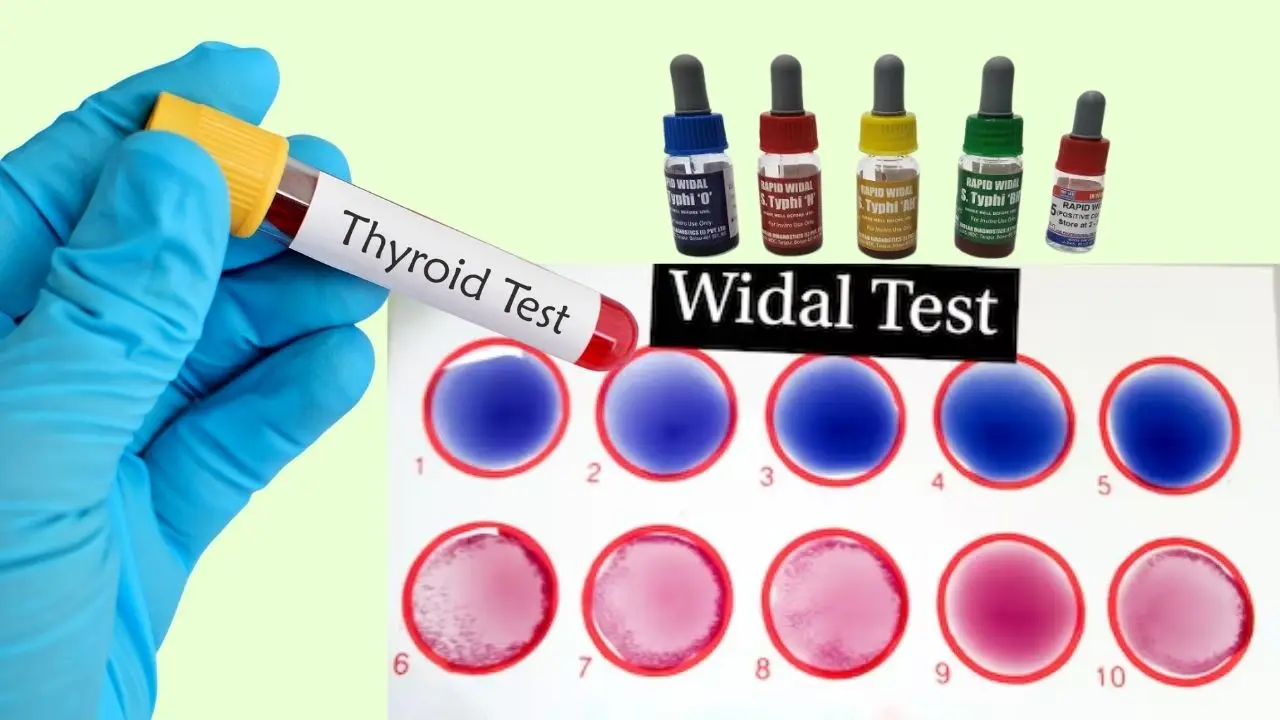Introduction
The Coagulase Test is an important biochemical test in microbiology used to detect the enzyme coagulase, produced mainly by Staphylococcus aureus.
This enzyme converts fibrinogen into fibrin, leading to clot formation.
The test is crucial in differentiating pathogenic Staphylococcus aureus (positive) from non-pathogenic coagulase-negative staphylococci (CoNS).
Principle
Coagulase enzyme converts fibrinogen → fibrin.
This causes plasma to clot, which can be detected visually.
Two types of coagulase are detected:
Bound coagulase (clumping factor) – detected by slide test.
Free coagulase – detected by tube test using rabbit plasma.
Procedure
1. Slide Test
Place a drop of rabbit plasma on a clean glass slide.
Emulsify the bacterial colony in the plasma drop.
Observe for clumping within 10–15 seconds.
👉 Rapid test but may give false negatives.
2. Tube Test
Add 0.5 mL rabbit plasma into a sterile test tube.
Inoculate with a few colonies of the test organism.
Incubate at 37°C.
Check at 1, 2, 4, and 24 hours for clot formation.
👉 Considered the gold standard for coagulase detection.
Interpretation
| Result | Observation | Interpretation |
|---|---|---|
| Positive | Visible clot formation in plasma (tube) OR clumping on slide | Coagulase enzyme present (S. aureus) |
| Negative | No clot or clumping | Coagulase enzyme absent (CoNS) |
Examples of Bacteria
✅ Coagulase Positive Bacteria
Staphylococcus intermedius (rare, veterinary relevance)
❌ Coagulase Negative Bacteria (CoNS)
Staphylococcus epidermidis
Staphylococcus saprophyticus
Staphylococcus haemolyticus
Uses
Differentiates S. aureus (positive) from CoNS (negative).
Helps in the diagnosis of skin infections, pneumonia, septicemia, food poisoning caused by S. aureus.
A rapid screening test in clinical microbiology.
Conclusion
The Coagulase Test is a key biochemical test in microbiology. By detecting bound or free coagulase enzyme, it is essential for the identification of Staphylococcus aureus, one of the most important human pathogens, and differentiates it from coagulase-negative staphylococci.


